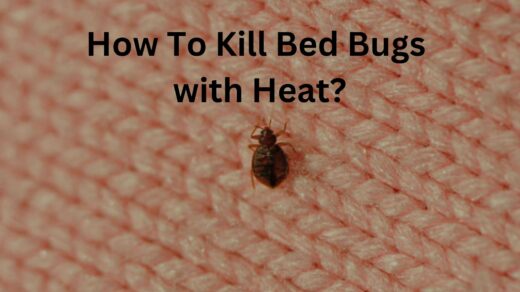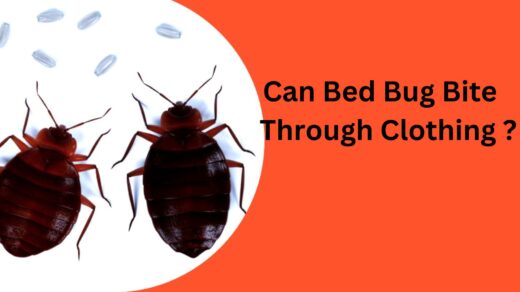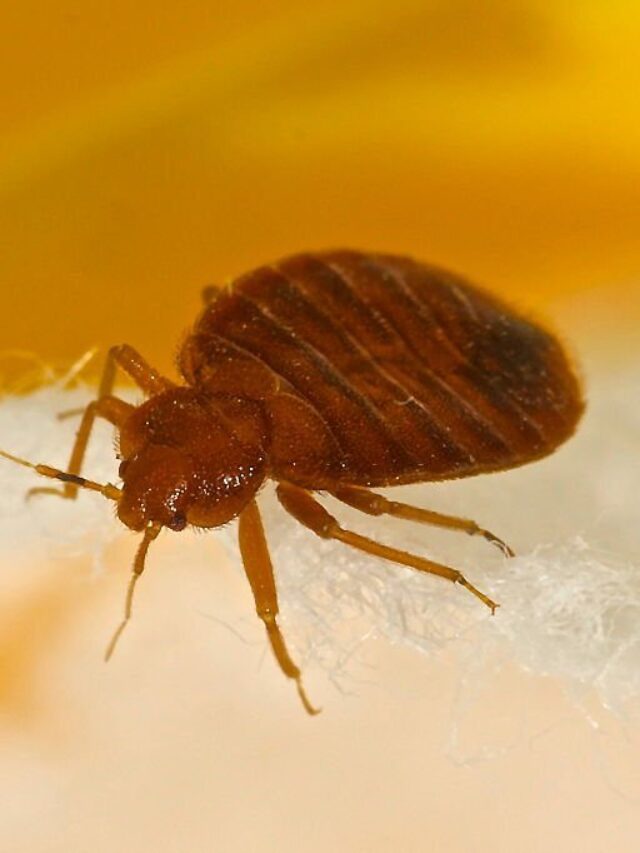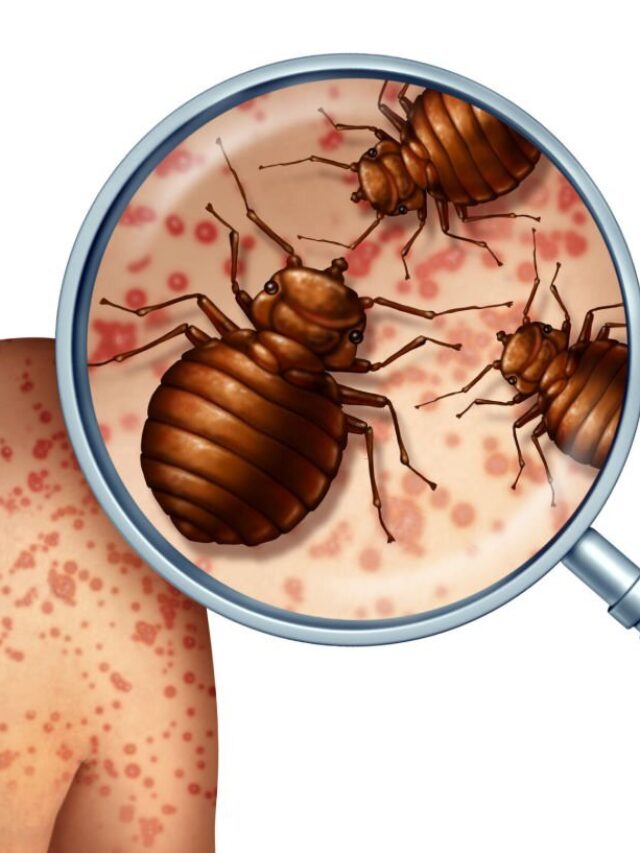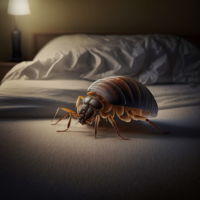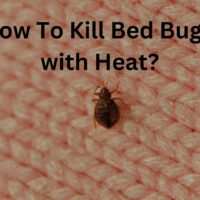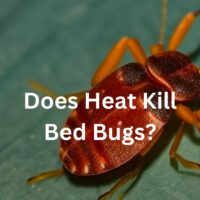Myth: Bed bugs can fly or jump from one location to another.
Reality: Bed bugs cannot fly or jump. They crawl and move from place to place by hitchhiking on clothing or other objects.
Myth: Bed bugs only bite at night.
Reality: Bed bugs can bite at any time of the day or night, but they are more active at night when people are sleeping.
Myth: Bed bugs only infest beds.
Reality: Bed bugs can infest any place where people live, including couches, chairs, and even electrical outlets.
Myth: Bed bugs transmit diseases.
Reality: While bed bugs are a nuisance, they do not transmit diseases. There have been no cases or studies that indicate bed bugs transmit diseases between humans.
Myth: Bed bugs live in dirty places.
Reality: Bed bugs are not attracted to dirt and grime; they are attracted to warmth, blood and carbon dioxide. However, clutter offers more hiding spots. Bed bugs can be found in both clean and dirty environments. They are attracted to warmth and carbon dioxide, not filth.
Myth: Bed bugs can fly or jump from one location to another.
Reality: Bed bugs cannot fly or jump. They crawl and move from place to place by hitchhiking on clothing or other objects.
Myth: Bed bugs are too small to see with the naked eye.
Reality: Adult bed bugs are about the size and shape of an apple seed and can be seen with the naked eye.
Myth: Bed bugs are not a public health pest.
Reality: Bed bugs are a type of pest that can affect the health of the public. To help address this issue, we worked with organizations such as the CDC and USDA to identify pests that are especially important for public health. Bed bugs were found to be one of these pests, and in response, we issued a Pesticide Registration Notice that specifically listed them.
In fact, bed bugs were deemed so important to public health that in 2009, the EPA and CDC came together to issue a joint statement highlighting the impacts that these pests can have on the health of individuals and communities. This underscores the importance of taking bed bugs seriously and working together to address the problem.
Myth: Bed bugs won’t come out if the room is brightly lit.
Reality: While bed bugs prefer darkness, keeping the light on at night won’t deter these pests from biting you.
Myth: Pesticide applications alone will easily eliminate bed bug infestations.
Reality: Bed bug control can only be maintained through a treatment strategy that includes a variety of techniques plus careful attention to monitoring. Proper use of pesticides may be part of the strategy, but will not by itself eliminate bed bugs. In addition, bed bug populations in different areas of the country have developed resistance to the ways many pesticides work to kill pests. If you’re dealing with a resistant population, some products and application methods may not work. It is a good idea to consult a qualified pest management professional if you have bed bugs in your home.
Myth: EPA has funding available for people who need help with controlling bed bugs.
Reality: Unfortunately, EPA does not have funding available to help people with controlling bed bugs.

